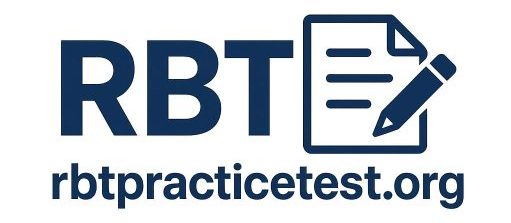RBT Practice Exam – Test 3
Continue your RBT preparation with the third RBT practice exam test. This test has 50 new questions built to simulate the difficulty of the actual certification exam.
After practicing, correct answers with explanations will show up. You can assess your applied knowledge and note your weakness in real-world ABA scenarios.
Practice more!
Have you seen all correct answers? If your results point to specific weaknesses – don’t stop there, keep learning and practicing more exam. Improve your score by continuing the next RBT Practice Test 4 to boost your confidence of doing the test.
